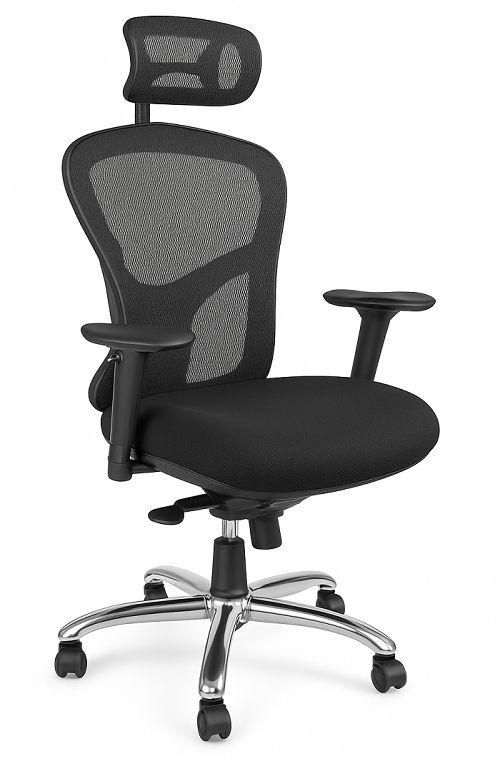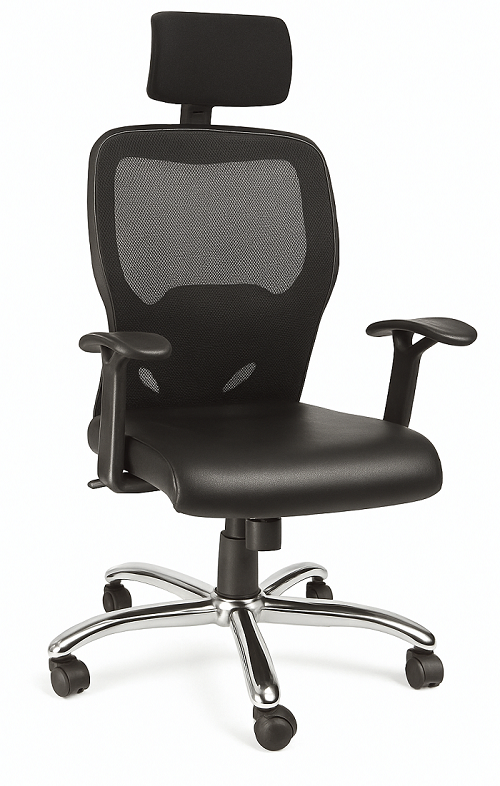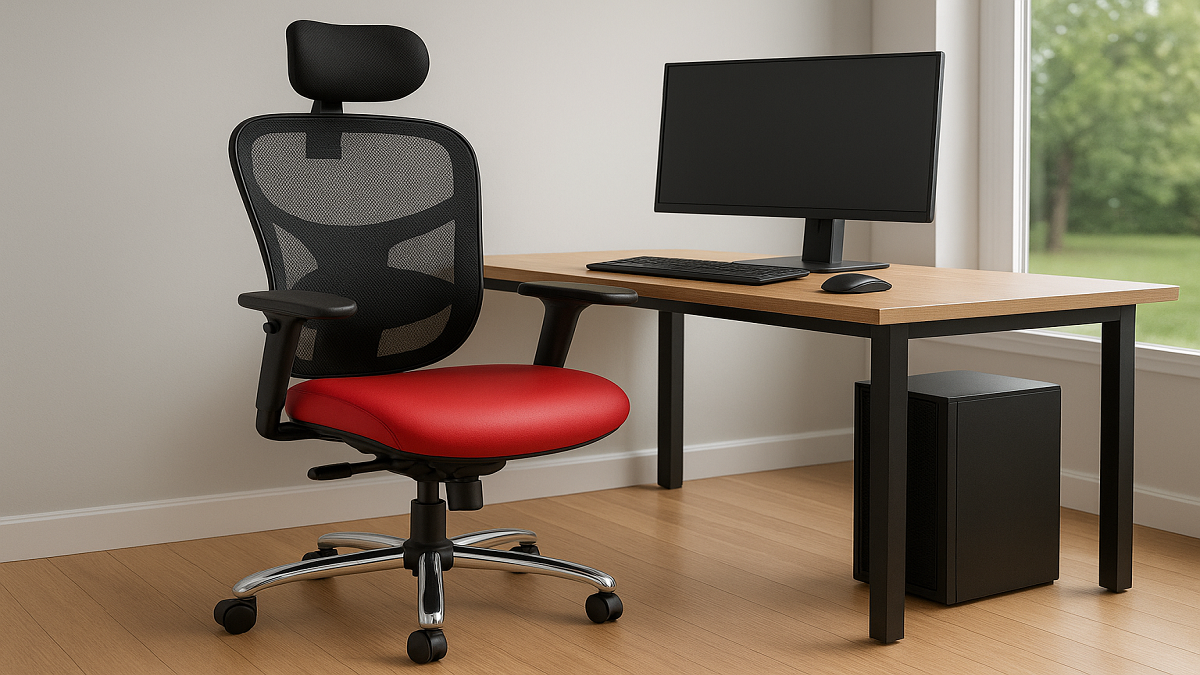In today’s work environment, where a significant portion of our day is spent seated, the ergonomic office chair is no longer a luxury but a fundamental necessity. It is the silent partner in our professional lives, designed not just for comfort, but to actively support the body, prevent strain, and enhance productivity. The science behind an ergonomic chair is a blend of biomechanics and design, aiming to create a harmonious relationship between the user and their workspace.
 |
 |
What Makes a Chair Ergonomic?
An ergonomic chair goes far beyond a simple seat with wheels. Its design is based on principles that promote good posture and reduce the risk of musculoskeletal disorders. Key features include:
- Adjustable Seat Height: The ability to adjust the seat height is crucial for ensuring your feet are flat on the floor, or on a footrest, and your knees are at a 90-degree angle. This alignment prevents pressure on the thighs and promotes healthy blood circulation.
- Lumbar Support: The lower back (lumbar region) has a natural inward curve. An ergonomic chair provides adjustable lumbar support, either built-in or with a separate cushion, to maintain this curve. This feature is vital for preventing slouching and alleviating lower back pain.
- Adjustable Backrest: The backrest should support the natural curve of the spine. Many ergonomic chairs allow for a recline feature and an adjustable tension control, allowing you to find a position that supports your back while you lean back.
- Adjustable Armrests: Armrests that can be adjusted in height and width help to keep your shoulders relaxed and your elbows at a 90-degree angle, reducing strain on your neck and shoulders and preventing wrist issues like carpal tunnel syndrome.
- Seat Depth and Width: The seat should be deep enough to support most of your thighs, but not so deep that it prevents you from using the backrest. A gap of about two to four fingers between the back of your knees and the edge of the seat is a good rule of thumb.
- Swivel and Wheels: The ability to swivel and move around your workspace with ease reduces the need for awkward reaching and twisting, which can lead to strain.
The Health and Productivity Connection
Investing in an ergonomic chair is a direct investment in your health. Poorly designed chairs can lead to a host of issues, including chronic back pain, neck and shoulder stiffness, poor posture, and reduced circulation. These physical ailments can, in turn, lead to decreased concentration and productivity.
Conversely, a properly fitted ergonomic chair can:
- Improve Posture: By providing the right support, the chair encourages a natural, upright posture, which in turn reduces stress on the spine.
- Reduce Discomfort and Pain: The adjustable features allow you to customize the chair to your body, alleviating pressure points and preventing the development of pain in the back, neck, and shoulders.
- Increase Focus: When you’re comfortable and free from physical pain, you’re able to focus on your work more effectively, leading to increased productivity.
- Promote Long-Term Health: A good ergonomic chair helps to prevent the long-term effects of poor posture and prolonged sitting, contributing to your overall well-being.
Choosing the Right Ergonomic Office Chair
When selecting an ergonomic office chair, it’s important to consider your specific needs. Look for chairs that are highly adjustable and allow you to fine-tune the fit. Test different models to find one that feels right for your body and your work style. While the initial cost of a high-quality ergonomic chair may seem high, the benefits to your health and productivity make it a worthwhile investment for anyone who spends significant time at a desk.
Visit Us in Agra
Furniture House Group
# Address: [G-5, Kamla Nagar, Bypass Road, Agra, Uttar Pradesh, 282004]
# Contact: [+91 9758273215]
# Website: [furniturehousegroup.com]
# Open: Monday – Sunday, 10:00 AM to 8:00 PM
# Close: Tuesday

